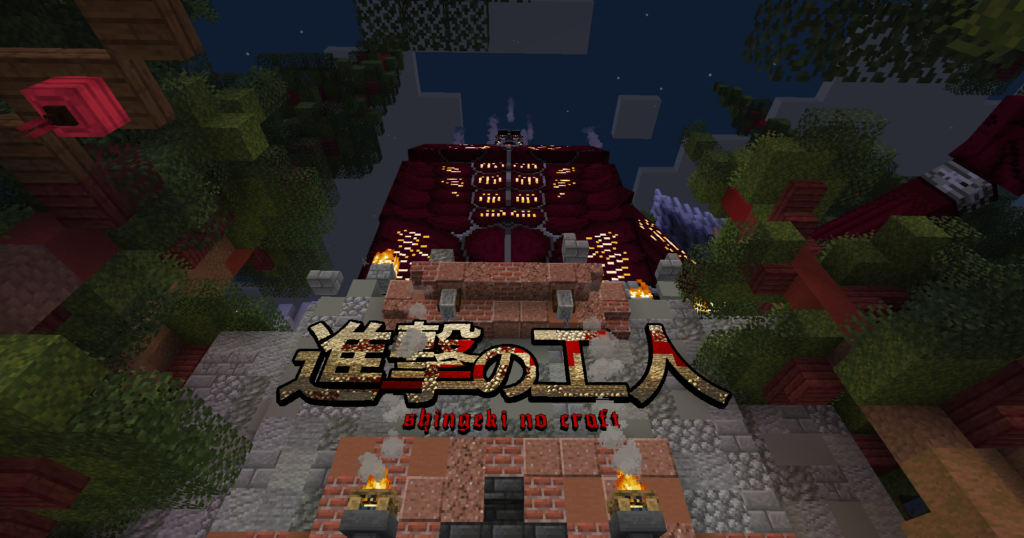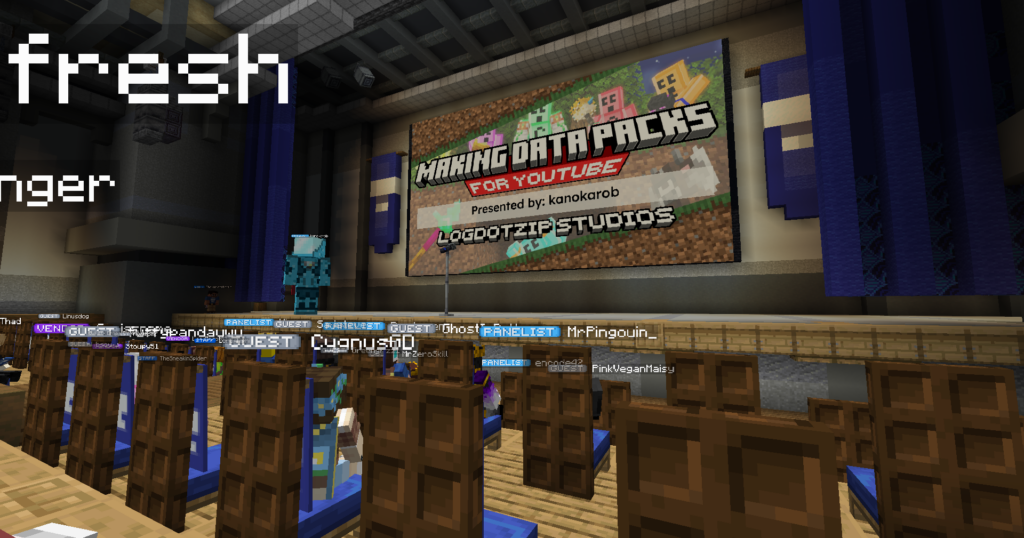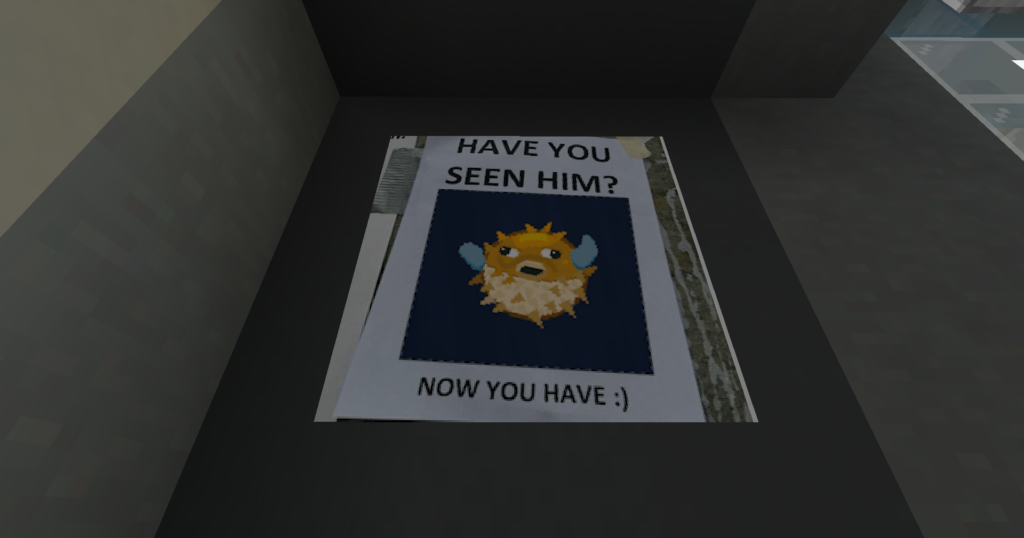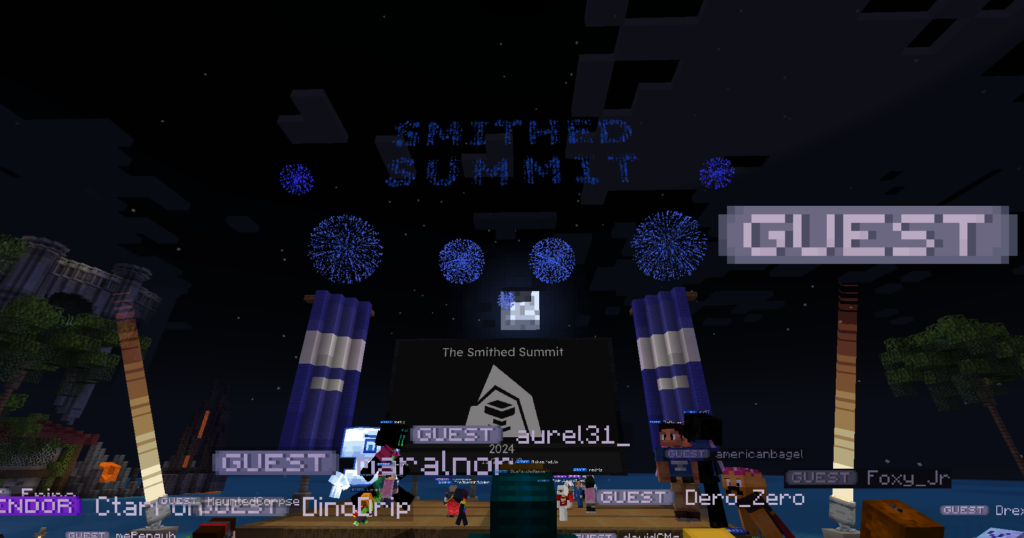Smithed Summit 2024 (by Quinn Saggio)


What is the Smithed Summit?
Last week from November 2nd to November 9th, I attended the Smithed Summit with very little knowledge of what it was about, and I was blown away by what I saw. Imagine Comiccon, the gathering for all things superhero: comics, movies, books, art, games, cosplay, etc…but for Minecraft Datapacking and Map Making.
Spanning over 7 days, 51 in-game player-built booths had been laid out by a range of individual developers to teams of developers who either did this as their hobby or have been doing this as their main profession (e.g. YouTube). Not only that, but throughout the week, 16 1-hour long panels were scheduled about a range of topics from beginners’ guides to technical coding pre-processors and compilers, and don’t worry if you missed it because they were all recorded and uploaded to the Smithed YouTube page. Of those 16 panels, I was able to attend 13 of them and visit all of the 51 booths; these are my final thoughts and impressions about the whole event.
Community
It’s really easy to get lost in the sauce when it comes to numbers. If you post a video on social media, whether that’s Instagram, YouTube, TikTok or whatever else that exists in the expanse of the internet, the data is given to you in real time. How many people have seen your video? How many likes does it have? How many comments? The algorithm feeds us popular content and knowing that millions of other people have seen the same thing that we have seen just doesn’t really have a hard-hitting impact anymore. The idea of “connectedness” is no longer new anymore. At least, I had felt this way until I joined the Summit.

Personally, I have been in-between the clashing worlds of Minecraft’s gaming and development. I’ve played the game, I understand mods, I mess around with datapacks, and so joining into this environment of creators really had me second-guessing my position. I was awestruck by all of the builds, items, mechanics and ideas that were on display, and at the same time, I was taking notes for what I needed to learn to make my own development life easier.
As I walked around the world exploring the booths and taking way too many screenshots, sometimes I’d be lucky to catch a booth vendor (developer of the datapack) talking in chat to the mass of other players who were a mix of devs and regular gamers. People were asking questions, the vendors were answering them back, and it wasn’t that much of just a display of information like “Hi! Here’s my stuff!”, but it was also “Here’s how I did this, do you have any questions on how I can help you do something similar?”. Being able to interact one-on-one with the developers was a valuable experience because you got to see their unique ideas and problem solving, and there were some booths that were a resource on their own as outlets for coding and general to specific question help.

Backtracking to the numbers, there wasn’t that much foot traffic in the server as there is on traditional social media platforms. The server player count always ranged from 20 to 150 people (largely depending on if a panel was in progress), with over 1000 unique individuals joining over the span of the week. The Smithed Summit, compared to social media and the conventions that happen all over the world, felt like a tight-knit community, especially when the panels were in session. There would be a speaker on the stage and the audience would literally have to fill in the seats. We’d listen in on the Discord call and there was a sense of proximity to the developer, but also to each other that isn’t normally felt in video games. The Summit was able to define a collective togetherness centered around the sharing of information, inspiration and assistance. It was as exciting as it was wholesome, as informal as it was professional, and as fun as it was educational.

Information and Inspiration
The Summit panels and booths were all showcases worth seeing. They covered a range of game design aspects, from the beginner tutorials of how to set up your files and folders, what programs to use, the online resources that exist (most of them made by other individual legacy developers who attended the Summit) to specific talks about pixel art, music, world generation, content creation and advanced coding processes. It was so much information in such a short time, every day felt like I had stepped into a fresh world that was different from the day before.
A big point of the Summit is that: people create cool things. I would never have imagined that I’d be able to have Attack on Titan and Jurassic Park in Minecraft, but this game is a world where anything is possible. The datapacks were as spread out in topic just like the panels, from map-centered packs to modular tweaks to complete overhauls; one after another, they just kept coming.

Not “Minecraft but,”, but “Minecraft as”
This experience changed the way I viewed Minecraft. Single player, multiplayer, education and whether it’s vanilla, modded or datapacked, these are the realms that we are used to dealing with the game. Nothing could have prepared me for a community gathering of people with the sole purpose of uplifting each other.
Kanokarob, the lead developer from Logdotzip Studios, spoke about the idea of the “Minecraft but,” packaging for YouTube content where they change the game slightly to tell stories (e.g. the Craftee video titled “Minecraft but EVERY drop is OP“). It’s not a 100% guarantee for success, the algorithm will probably change and it might be obsolete in the future, but it’s an outlet of Minecraft that feels changed and familiar at the same time. That’s how I feel right now about what the Smithed Team was able to accomplish. I wasn’t playing the game Minecraft as a multiplayer game, I was playing Minecraft as a form of social connectivity, a method of gaining insight, and of course as always, as a way to have fun.



